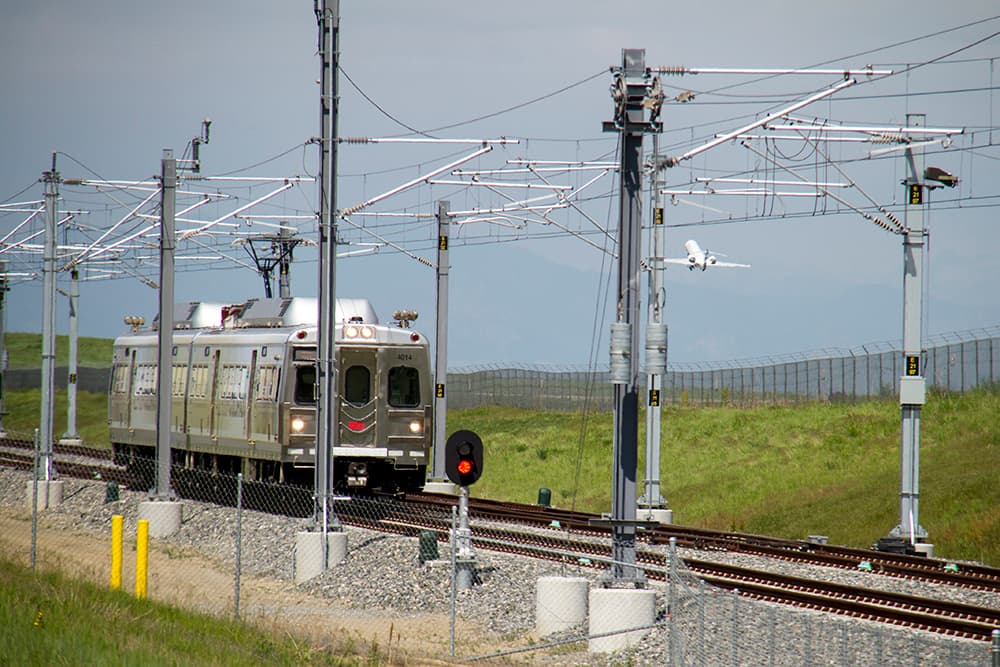Here's your semi-regular G Line update, brought to you by Time's Arrow.
RTD announced today that the simulated schedule testing its been running on the G Line is going well enough that they can dial it back and start running trains from approximately 7 a.m. to 7 p.m., down from the previous 3 a.m. to 1 a.m. That's 10 fewer hours of train horns sounding.
The Denver Post reported on Monday that a "safety critical software problem" was found at all 13 crossings on the G Line, three crossings on the A Line and one crossing on the B Line, prompting a quiet return of the flaggers to several A Line crossings.
Wondering how things can be going well immediately after the discovery of a such a problem? The short answer is that the two things have nothing to do with each other. Here's RTD assistant general manager of communications Scott Reed with the longer, clearer answer:
"The two are really unrelated in the sense that the software patch [for crossing technology] ... still needs to be implemented, and they are doing so," he said.
"The simulated schedule testing, where Denver Transit Partners is required by contract to simulate the hours of the schedule with the service frequency. That is what they've been doing and that's why people have been hearing the train horns at the wee hours. We are far enough along with that process that we feel comfortable that we can reduce those hours. The software fix was something that was determined by one activation sequence -- the gates coming down and coming back up. There was one instance out of literally thousands that the gate activation did not comply with the federal and Colorado Public Utilities Commission requirements."
There's a window for how long the crossing bars can stay up or down longer than than they're supposed to. Each gate has its own individual timing, and one gate did not work within those standards.
"So we went back and took a look at what caused that and it turned out there was glitch in the software that only affects grade crossings were the station is relatively close to the next grade crossing," Reed said.
"So in other words, the train pulls up, stops at the station and the wireless grade crossing technology communicates with the gate at the next grade crossing. 'OK now I'm leaving the station, based on my travel speed, I'll be there in 30 seconds. I'm picking up speed, I'll be there in 25 seconds. I'm picking up more speed, I'll be there in 20 seconds.' That one instance it did not complete that whole link to get the gate to activate in he prescribed activation time. That's what's being changed and that's why there are crossing attendants or flaggers. ... That part of it is independent of the schedule simulation."
Why did the malfunction on the G Line bring flaggers back to the A and B lines? There are points along those lines that have similarly spaced stops that could be affected by the same glitch, Reed said.
It's unclear right now whether this will really delay the G Line opening.














